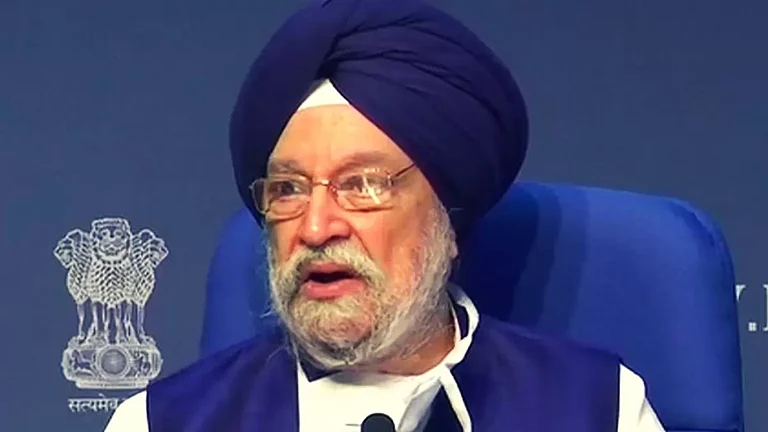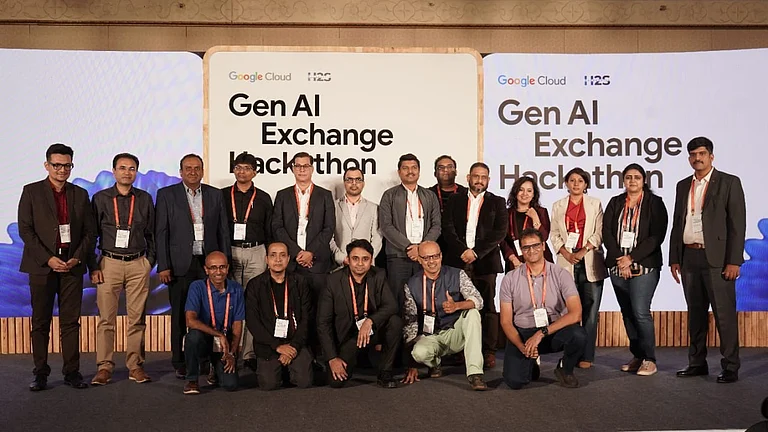With Chandrayaan 3, India shed light on the darker side of moon in a televised landing, bringing back memories of the extravaganza around the exploits of Apollo 11 way back in 1969. But then it was a different world order defined by the Cold War, marked by state propaganda to drum up nationalism. A lunar mission became a key ingredient to stay ahead in the struggle for geo-supremacy. It was a symbol of America’s power, whose potency could go beyond the globe.
The nationalism playbook used to drum up fervour has remained unchanged through the ages. Scientific triumph, sporting glory are all tenets of that playbook.
The Indian left and the West have decried India’s space mission for ages, calling it wasteful expenditure when millions languish in poverty. But decades of development have shown the left binary to be flawed, as technological advancements have co-existed with poverty alleviation schemes. Achieved at a modest $75 million (compare it to the over $250 billion America spent on its Apollo missions between 1960 to 1973), Chandrayaan 3 is truly a milestone in India’s space mission.
But what is problematic with ISRO’s recent accomplishment is reducing its triumph by viewing it through the lens of nationalism. Its every criticism is being seen as an affront to national pride. A large section of the ruling party’s digital army is working overtime in creating narratives—read memes—of Chandrayaan 3 being India’s answer to silence critics—read both the West and liberals—instead of disseminating information about the criticality of this mission in humanity’s quest for better understanding of outer space.
Another crucial aspect of this mission is its timing. Narendra Modi seems all set for a third-term next year, and the way this year has shaped up so far, it has only added feathers to his already crowded cap: Modi’s state visit to the US; the success in making G20 relevant again, especially when the war in Europe hurtles towards its second anniversary; and now Chandrayaan 3. There are still eight months to go before the election bugle is sounded. Add to this Modi’s personal appeal. Despite setbacks in state elections, it is safe to say that his popularity will earn his party another term at the Centre. He knows this and made no attempts at hiding his confidence during his Independence Day speech. What is baffling, then, is the need for his supporters to regularly stoop to uncouthness to drown out criticism.
Chest thumping has many facets which requires reality dressing. And, in this pursuit, data becomes an important tool, where it is used as a weapon to build favourable narratives. Communists used it to show they brought heaven on earth. Capitalists use it to prove theirs is the best economic model. But what if there is no data? What if it is deliberately frozen in time?
In this issue of Outlook Business, we discuss missing data and its impact on welfare schemes and, in turn, on efficacy of policymaking. Despite being the fifth largest economy in the world, India’s record in data collection has been poor, especially in recent times. As I write this, the Modi government’s record in creating infrastructure, digitising large swathes of the economy and pushing incentive schemes, especially in manufacturing, will show results when growth data pours in a few days from now. Then why the absolute reluctance in embracing data collected through national surveys?
As ISRO sheds light on moon, back home, 14 crore people languish in the darkness of poverty without the benevolence of welfare schemes touching their lives. A census could change this. Then why delay it? The ruling party might do well to remember that in the trajectory of time, nationalism is always a phase. The longevity of a party in power is guaranteed by the poverty it alleviates.






























